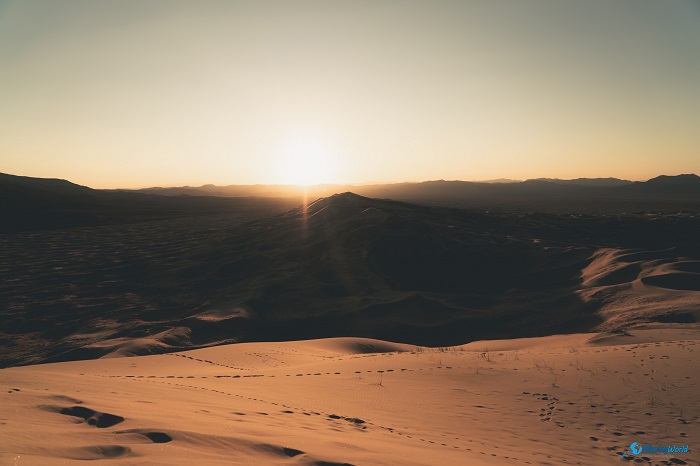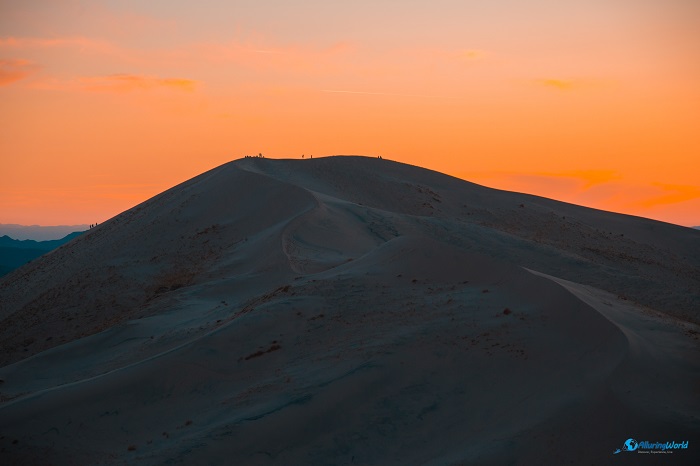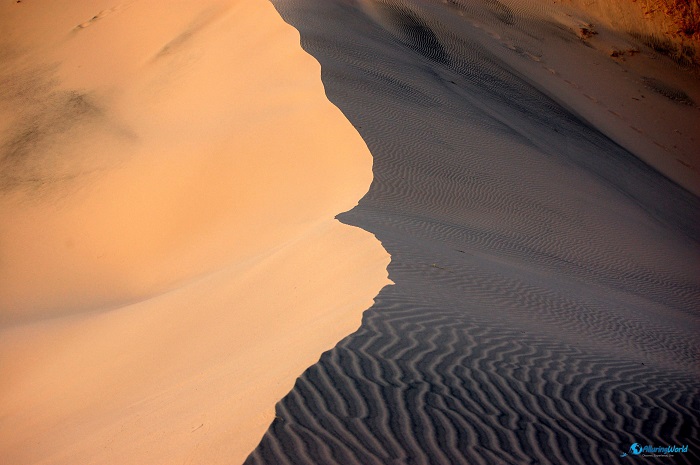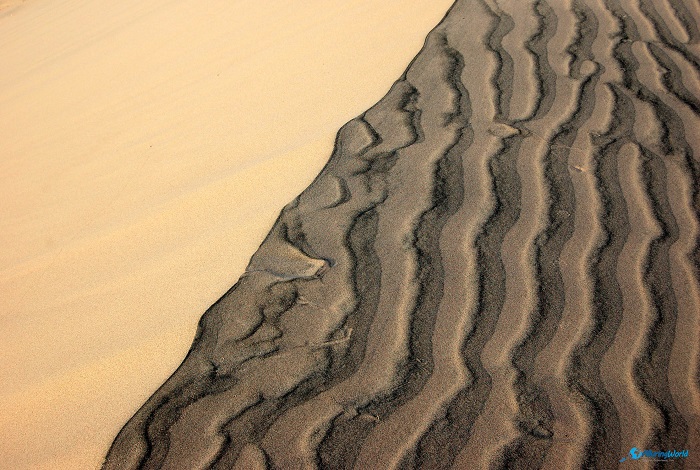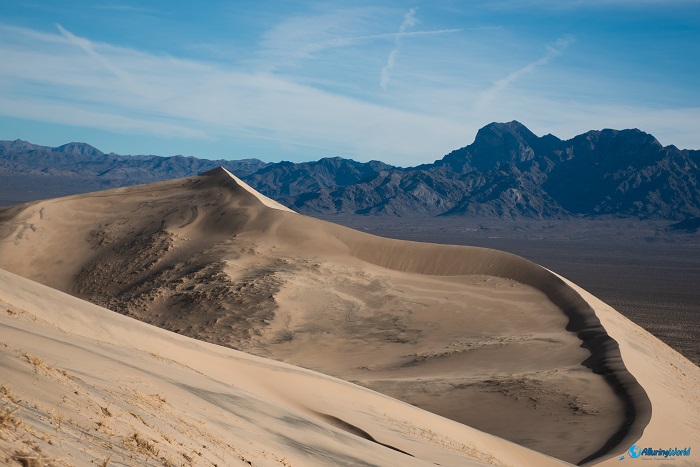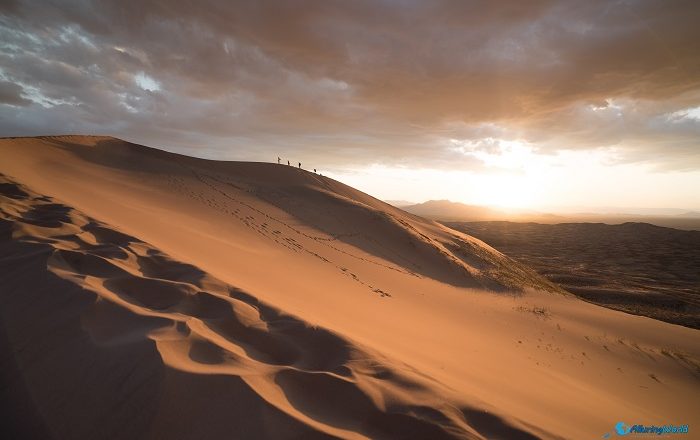The Kelso Dunes, sometimes referred to as Kelso Dune Field, is the largest field of aeolian sand deposits that is situated in the Mojave Desert, which is part of the Mojave National Preserve in the southern part of the State of California, within the southwestern part of the United States of America.
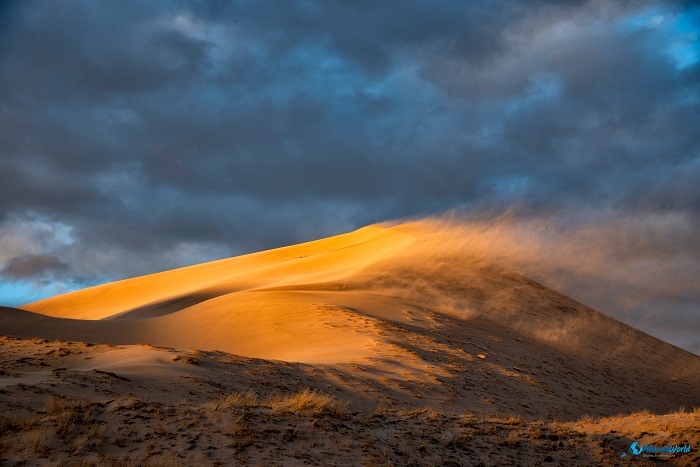
As this majestic place is an awe-inspiring natural wonder that has captured the fascination of travelers and nature enthusiasts alike, it is quite known for the dunes’ sheer size and unique characteristics, which have become a renowned destination for tourism, drawing visitors from all over the world. There are several reasons why the dunes are popular, with the primary one being their extraordinary size and height.
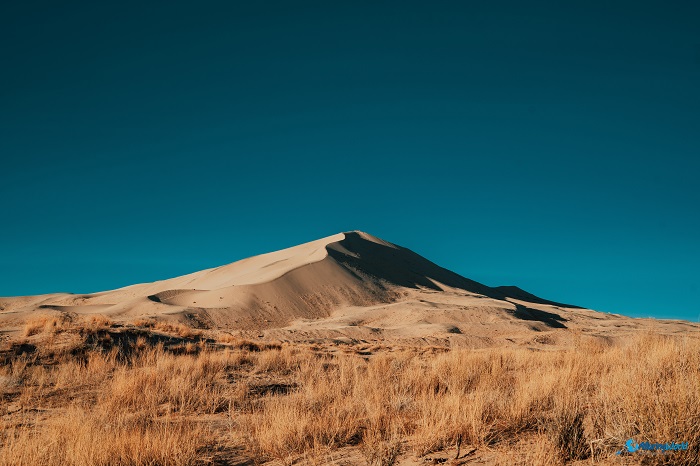
Standing at an impressive 198 m (650 ft), the Kelso Dunes are among the tallest dunes in North America, and their vast expanse stretches over 117 sq km (45 sq mi), creating a striking landscape that captivates all who venture to witness their grandeur. Additionally, the dunes’ distinct crescent shape, sculpted by the prevailing winds, adds to their allure and mystery.
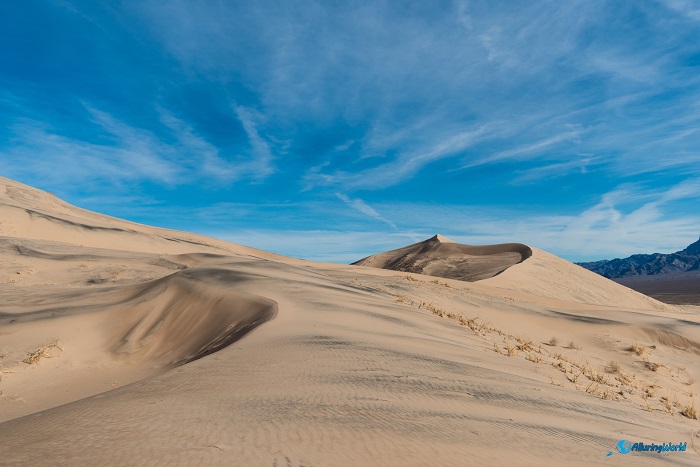
The Kelso Dunes hold great importance for both the environment and the tourism industry, because ecologically, the dunes play a vital role in preserving and fostering a unique ecosystem, while serving at the same time as a habitat for various plants and wildlife that have adapted to the harsh desert conditions, making the dunes an ecological hotspot.
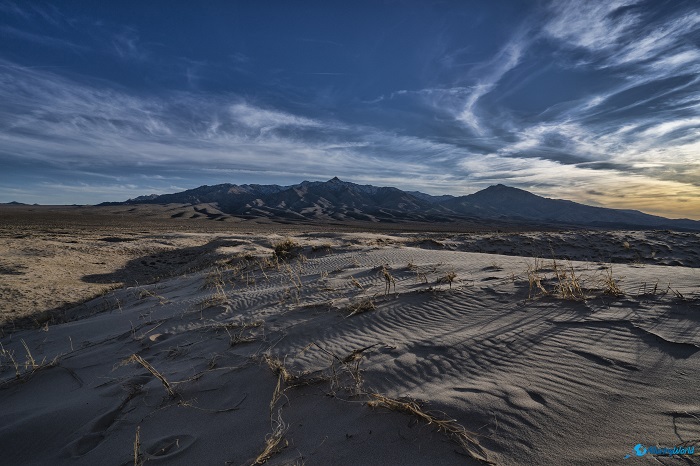
Furthermore, the dunes act as a natural barrier, protecting the surrounding areas from wind erosion and maintaining ecological balance. From a tourism perspective, the dunes have become a sought-after destination for adventure seekers and nature lovers due to their breathtaking vistas and opportunities for exploration, attracting visitors who are eager to experience the magnificence of these sandy hills up close.
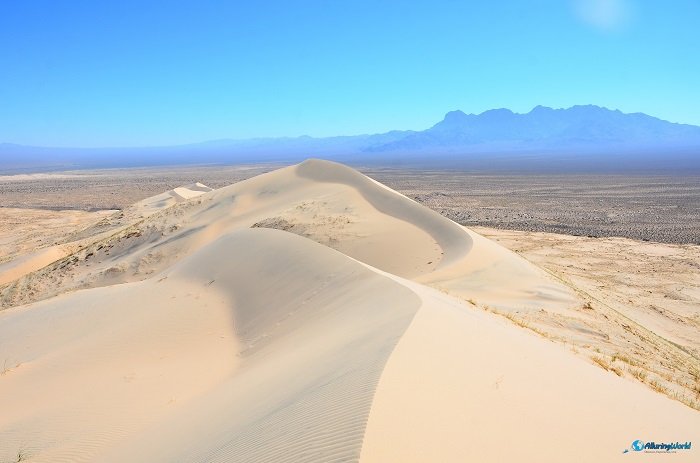
One of the most popular activities is hiking to the summit of the dunes, offering quite a challenging yet very rewarding experience that provides a panoramic view of the vast desert landscape below. The formation of the Kelso Dunes is a result of a fascinating geologic process that has unfolded over thousands of years, but the process begins with the nearby mountains shedding sand and debris, which is carried by winds and accumulated in the valley where the dunes now stand.
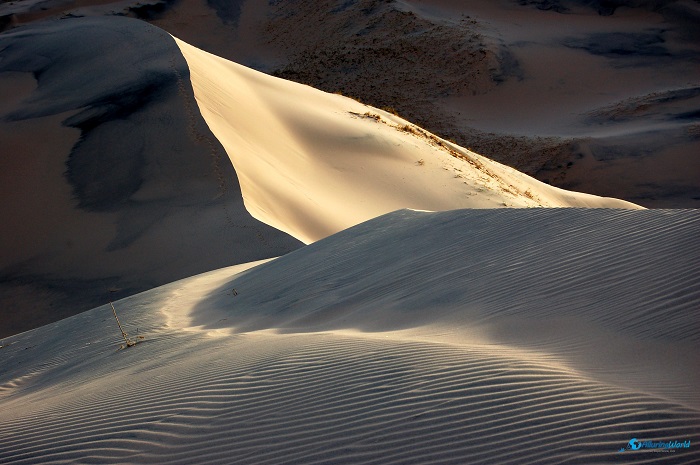
Over time, this continuous accumulation of sand forms the expansive dune field, which continues to evolve with the ongoing interplay between wind and sand. From a geological perspective, the dunes consist predominantly of fine-grained sand, primarily composed of quartz and feldspar minerals, and the constant winds that sweep through the Mojave Desert carry these sand grains to the sandy hills, gradually shaping and reshaping their contours.
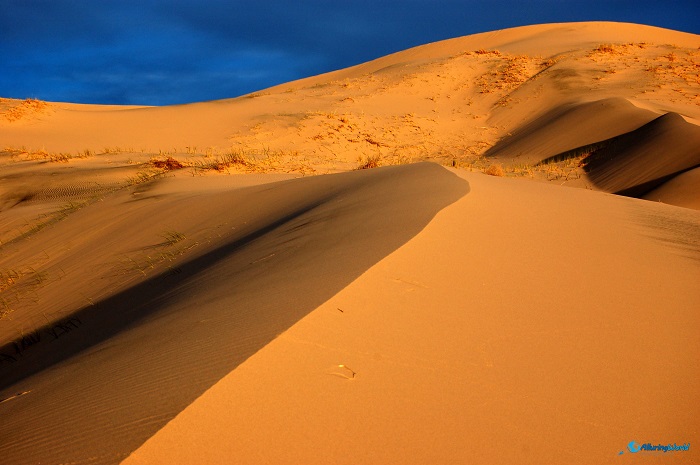
Interestingly enough, the sandy substrate creates a unique environment for specialized plants and animals to thrive. As a matter of fact, despite the harsh conditions, the Kelso Dunes provide a habitat for various wildlife species that have adapted to the desert environment, and some of the notable creatures that are found here include the fringe-toed lizard, sidewinder rattlesnake, and kangaroo rat.

These animals have evolved specific physiological and behavioral adaptations to endure the extreme temperatures and scarcity of resources. In addition to the remarkable wildlife, several plant species have managed to thrive in the arid environment, such as creosote bush, desert saltgrass, and Mojave yucca which play a crucial role in stabilizing the sand and preventing further erosion.

Their resilience and ability to survive in such an environment underscore the tenacity of life in even the harshest of landscapes. Nowadays, the popularity of the Kelso Dunes has steadily increased over the years, as word of their beauty and alluring landscape spreads among travelers and adventurers.
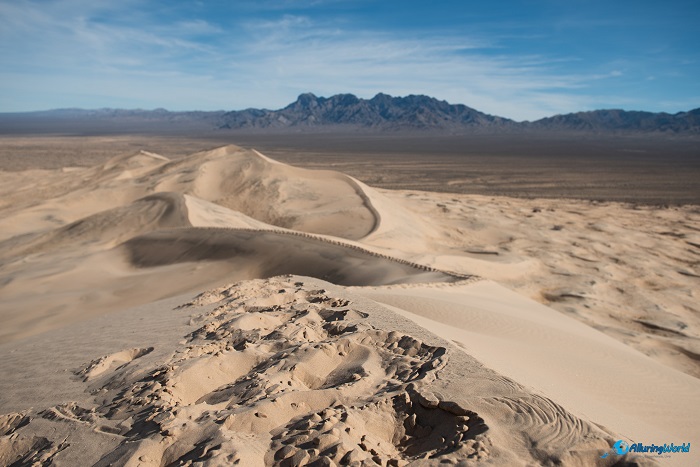
With the recent ever-growing interest in eco-tourism and nature-based experiences, the dunes are nowadays considered a must-visit destination for those seeking a unique encounter with the natural world, although the increasing number of visitors is negatively impacting this place. In conclusion, the Kelso Dunes in California stand tall as an exceptional testament to the marvels of nature, and their immense size, geological significance, thriving ecosystem, and alluring features for tourists all contribute to their fame and importance.
